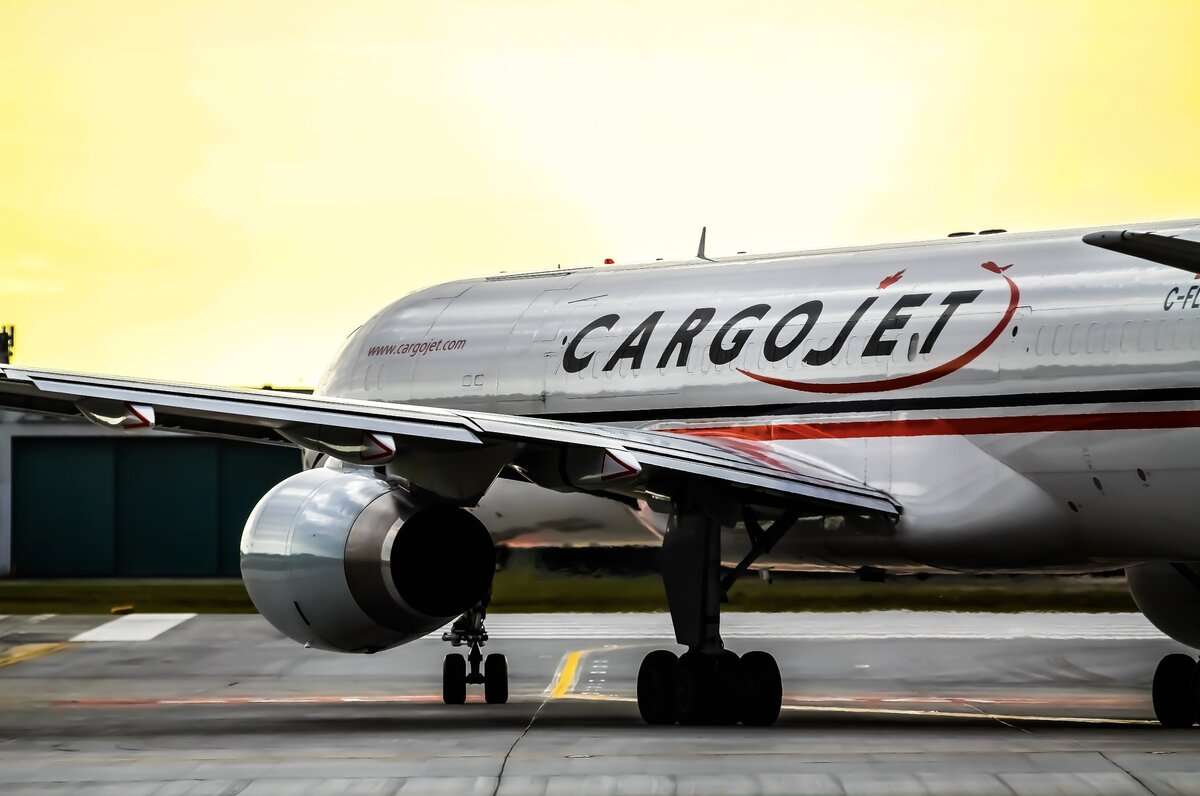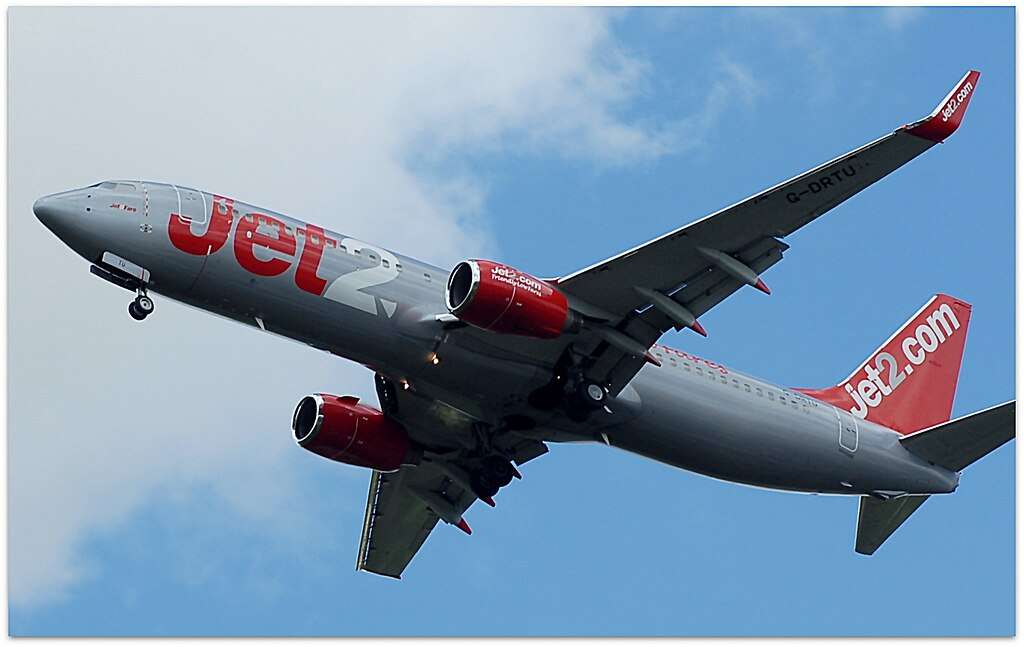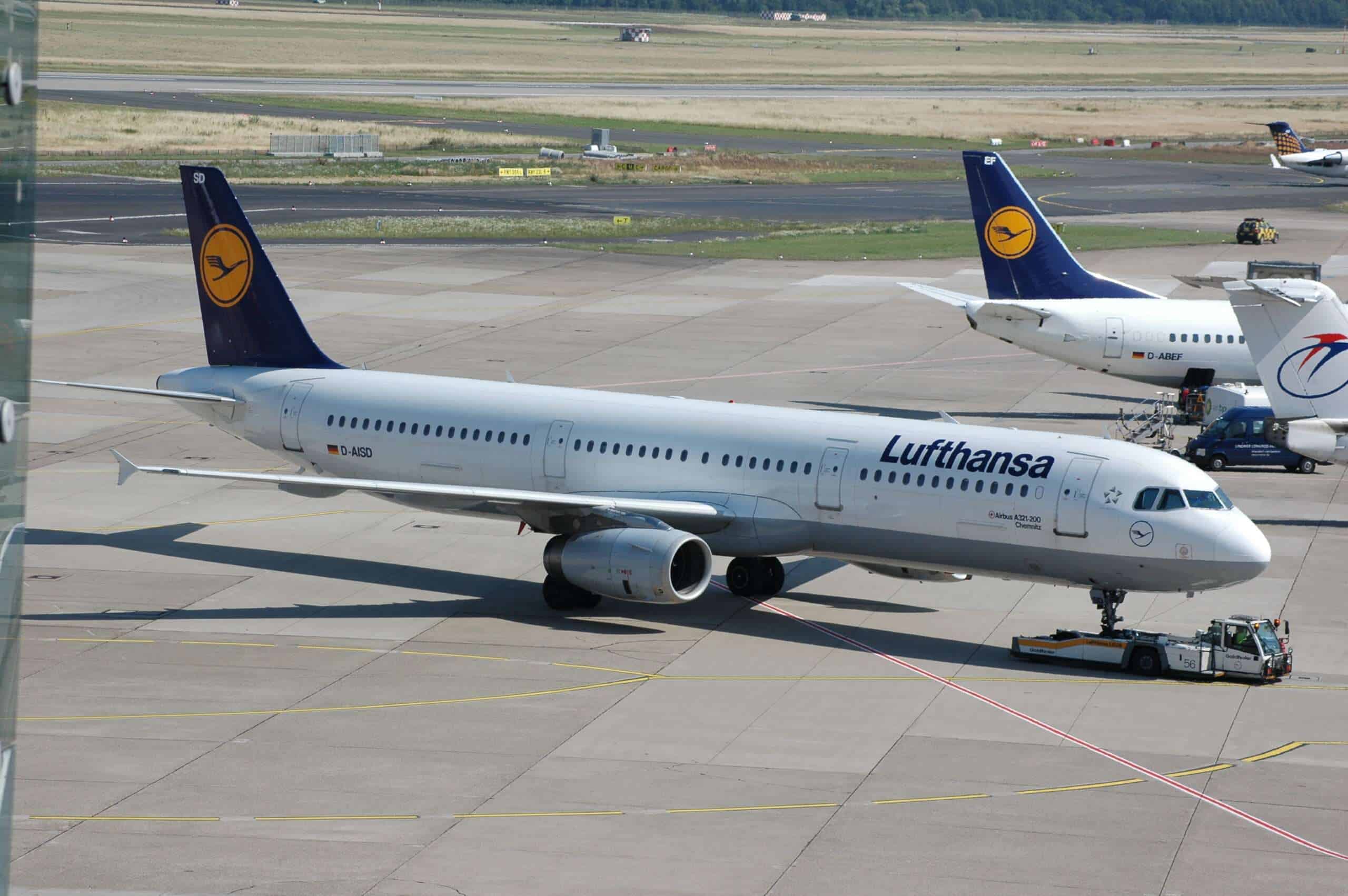The story of Lincoln Airport, Nebraska (LNK), stretches back to the 1920s. It reflects not only the city’s embrace of flight but also the evolving needs of air travel.
This article delves into the fascinating journey of LNK, from its humble beginnings as a training ground for aviators to a thriving commercial airport.
1920-1930: Early Days and the Allure of Flight
The seeds of Lincoln Airport were sown in the early 1920s.
The city, recognizing the burgeoning potential of aviation, designated a plot of land northwest of the city limits for a municipal airport.
This airfield, interestingly, became a training ground for a young Charles Lindbergh in 1922, just a few years before his historic transatlantic flight.
Commercial air travel soon followed suit.
By 1927, United Airlines, a major player even today, established a stop at the airfield, which continued with regional partners.
The year 1928 witnessed two significant developments.
Firstly, the airfield became an air mail stop, signifying its role in connecting Lincoln to the national network.
Secondly, the Lincoln Airplane and Flying School opened its doors, further cementing the city’s position as a center for aviation education and exploration.
The airfield even briefly held the name “Lindbergh Field” in honor of the celebrated aviator.
1930-1940: Union Airport and World War II
While the original airfield played a crucial role in Lincoln’s early aviation history, another site emerged in the 1930s.
Established in 1920, Union Airport, located east of Lincoln, initially housed the aforementioned Lincoln Airplane and Flying School.
However, its significance grew considerably in the late 1930s. 1939 saw the looming shadow of World War II and the potential involvement of the US.
The United States Army Air Corps speculatively saw the potential of Union Airport for basic flight training.
The Nebraska airfield was selected as one of nine civilian schools contracted for the purpose under the expansive 4500 pilot training program.
This wartime necessity transformed Union Airport into Lincoln Army Air Field, churning out a significant number of pilots for the war effort.
Meanwhile, the original airfield continued to serve civilian purposes.
However, its limitations were becoming increasingly apparent.
As aircraft technology advanced, longer and stronger runways were needed to accommodate larger and heavier planes.
Post-War Transition and the Rise of LNK in Nebraska…
The post-war era brought about a period of transition for Lincoln’s aviation landscape.
In 1952, the city of Lincoln acquired Union Airport, effectively closing the original airfield in Nebraska.
This move was driven by the need for a more modern airport facility capable of handling larger commercial aircraft.
Union Airport, with its multiple runways, offered a more suitable location for expansion.
The vision for a dedicated commercial airport took a significant leap forward in 1964.
The city acknowledged the limitations of Union Airport for both civilian and military purposes.
As a result, it constructed a new 4,000-foot runway.
This paved the way for a joint-use agreement with the United States Air Force, leading to the establishment of Lincoln Air Force Base (LAFB) adjacent to the Nebraska civilian airport.
The civilian portion, now officially designated Lincoln Airport (LNK), continued to develop throughout the latter half of the 20th century.
New terminals were constructed, and partnerships with regional airlines were established, catering to the growing demand for air travel.
LNK Today and Looking Ahead
Today, LNK stands as a testament to Lincoln’s enduring commitment to aviation in the State of Nebraska.
It serves as a vital hub for commercial air travel, connecting Lincoln to major destinations across the United States.
The airport continues to invest in upgrades and improvements, ensuring a smooth and efficient travel experience for passengers.
LNK also plays a vital role in the city’s economic development, attracting businesses and fostering tourism.
As Lincoln and the aviation industry continue to evolve, LNK is poised to adapt and grow.
The airport’s rich history serves as a reminder of the transformative power of flight and Lincoln’s dedication to staying at the forefront of air travel.

Click the banner to subscribe to our weekly newsleter.

Click the photo to join our WhatsApp channel so then you can stay up to date with everything going on in the aviation industry!




